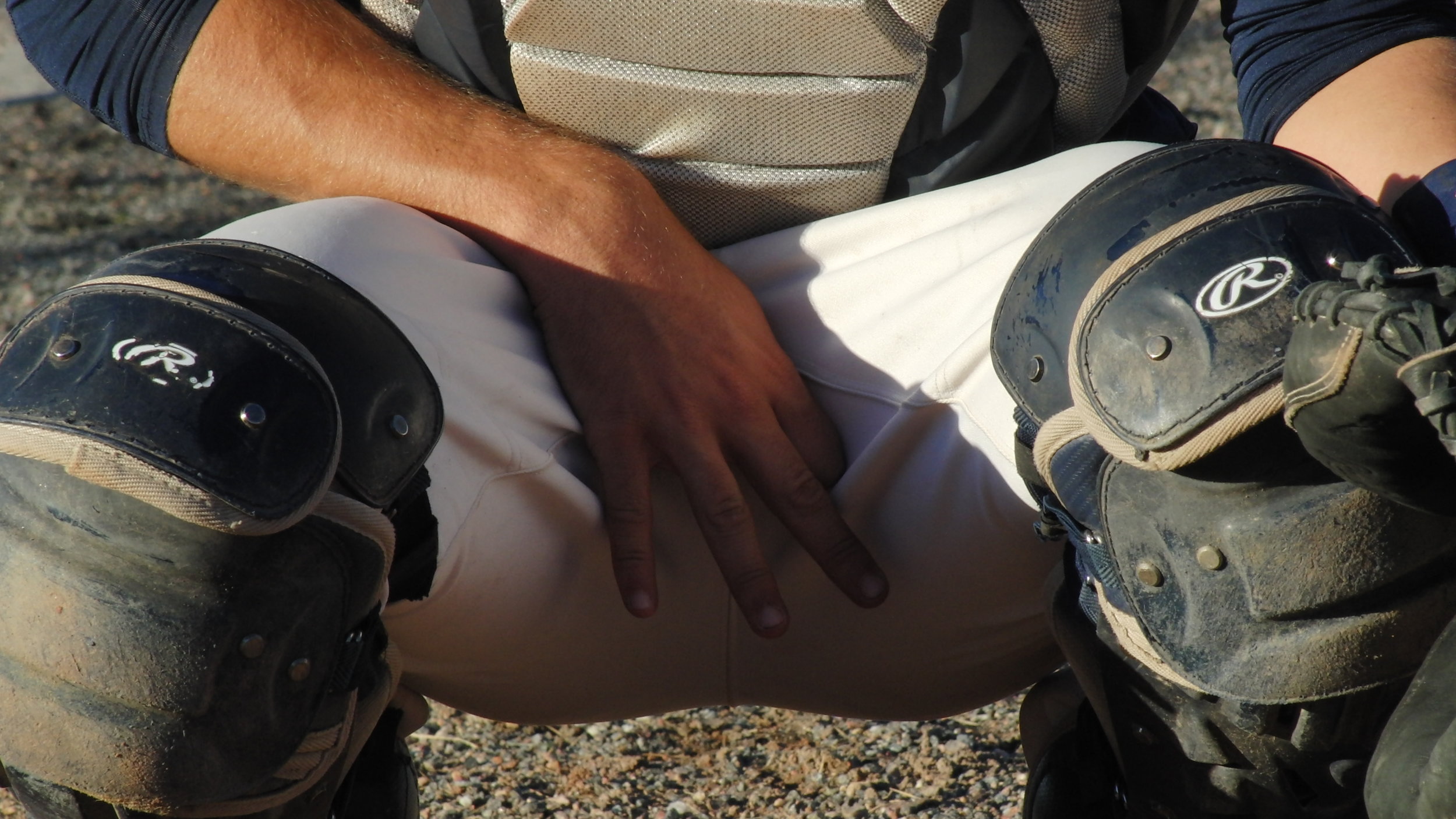It is important that our catchers are excellent at giving signals. One of our foundational baserunning principles involves our baserunners stealing signals at all bases. Our catcher’s should always be aware of this and make sure to give signals properly. To reiterate, when giving signals to the pitcher the glove is placed outside the left knee to block the view from 3rd base. The catcher's knees should be about 18 inches apart and the signals should be placed right up against the catcher's cup.
At all times, the catcher must use a 3-sign sequence. The 1st sign is the pitch, the 2nd sign is a dummy, and the 3rd sign is the location of the pitch. Pitches should be in this sequence:
1- Fastball
2- Curveball
3- Slider/Cutter
4- Change-up
5- Split/Knuckleball/Etc.
Location signs are easy to remember: odd is outside and the higher number is higher in the zone. So 1 is low and away, 2 is low and in, 3 is high and away, 4 is high and in. 5 is a pitch right down the middle while a “Hang Loose” sign means to throw the ball in the “Box,” a low pitch over the heart of the plate at the shins. Pitchout and Pickoff signs will be determined by coaches and players throughout the season as necessary.
Tip: You may find it useful to work out two different ways the pitcher can shake off the sign. One way (shake the head) means not that pitch; another way (shake the glove) means yes on the pitch but no on the location.
Tip: Sometimes the pitcher may have difficulty seeing your signs. If so, devise an alternative method. For example, give the signs by the position of the glove in the signal stance. Back of glove to pitcher = fastball, palm of glove to pitcher = curve, glove touches ground = change up; while all of the standard signs are decoys.
Tip: With a full count (possibly in a 1-2 count as well), catchers should incorporate a “wiggle” of the fingers to ask the pitcher to shake off a sign. This “fake shake” tells the pitcher to fiddle with the ball in his glove before throwing the pitch, giving the hitter the impression that he is throwing a breaking pitch, but he actually throws the fastball. This may allow the pitcher to get the fastball past the hitter. If the catcher has used the wiggle more than once in a game already or against the same hitter, do the same thing but throw the breaking ball.






